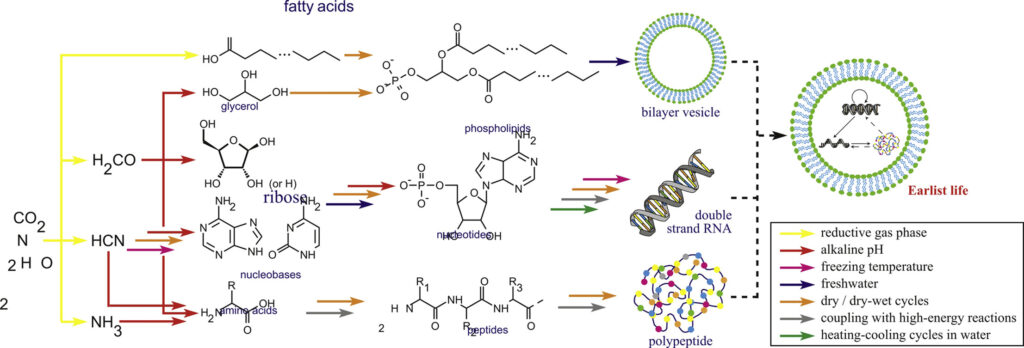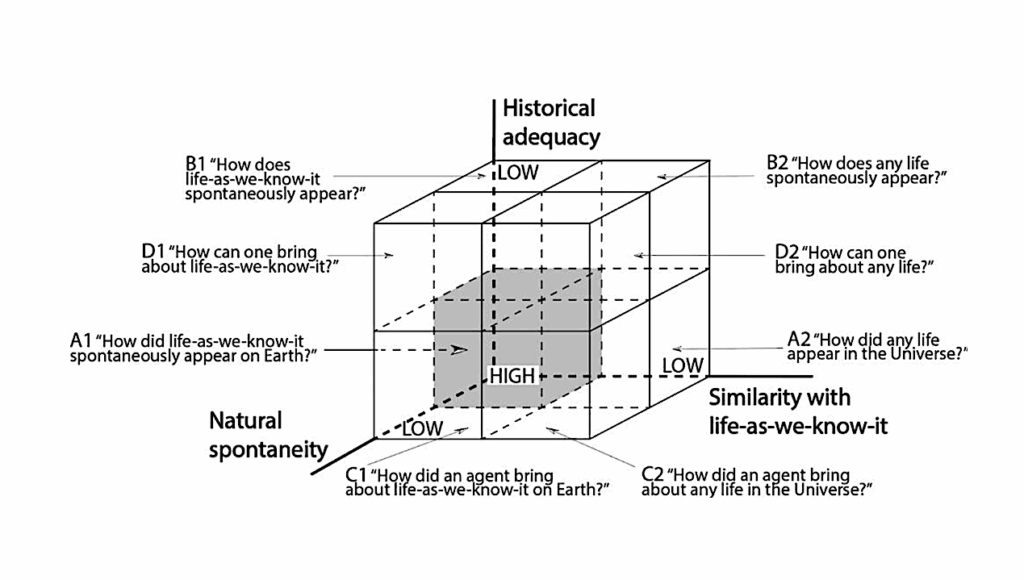Mass Balance Analysis of Oxidative Biological Weathering and Biosignatures Formation

Ecosystem-bedrock interactions power the biogeochemical cycles of Earth shallow crust, supporting life, stimulating substrate transformation, and spurring evolutionary innovation.
While oxidative processes have dominated half of terrestrial history, the relative contribution of the biosphere and its chemical fingerprints on Earth developing regolith are still poorly constrained. Here, we report results from a long-term incipient weathering experiment.
We found that the mass release and partitioning of major elements during weathering of granite, rhyolite, schist, and basalt was rock-specific and was regulated by ecosystem components. Element partitioning was impacted by abiotic, microbial, plant, and mycorrhizal processes according to secondary precipitates > exchangeable species > dissolved species > plant biomass. Biota accelerated CO2 mineralization over abiotic controls with increasing ecosystem complexity, and significantly modified the mobilized elements stoichiometry. Microbial and fungal components accelerated element mobilization, while plants increased leaching and biomass retention by an order of magnitude. All biota left comparable biosignatures in dissolved weathering products.
Nevertheless, the magnitude and the allocation of weathered fractions under abiotic and biotic treatments provides quantitative evidence for the role of major biosphere components in the evolution of upper continental crust, presenting critical information for large-scale biogeochemical models and for the search for stable in situ biosignatures beyond Earth.
From rock to life. A mass balance analysis of oxidative biological weathering and biosignatures formation
Dragos G. Zaharescu, Carmen I. Burghelea, Katerina Dontsova, Jennifer K. Presler, Raina M. Maier, Kenneth J. Domanik, Edward A. Hunt, Mary K. Amistadi, Shana Sandhaus, Elise Munoz, Emily E. Gaddis, Maria O. Vaquera-Ibarra, Maria A. Palacios-Menendez, Miranda Galey, Ricardo Castrejón-Martinez, Estefanía Roldán-Nicolau, Kexin Li, Chris Reihard, Jon Chorover
(Submitted on 11 Oct 2018)
Comments: 44 pages (MS and SI), 16 figures (MS and SI), 5 tables (SI). Journal article manuscript
Subjects: Earth and Planetary Astrophysics (astro-ph.EP)
Cite as: arXiv:1810.05128 [astro-ph.EP] (or arXiv:1810.05128v1 [astro-ph.EP] for this version)
Submission history
From: George Dragos Zaharescu
[v1] Thu, 11 Oct 2018 17:17:10 GMT (4791kb)
https://arxiv.org/abs/1810.05128
Astrobiology








